Anyone who has ever travelled knows that discovering new countries, cultures, places, gastronomies and populations is fantastic. But as we all know, not every part of the globe is safe. In addition, some places are simply prohibited for tourists for an array of reasons. Unfortunately, this means that, despite the fact that the world is full of fabulous places to explore, some destinations will remain on your list of places you have never been to.
If this information makes you all the more curious to learn more about those secret destinations, don’t worry. You can still see these at times dangerous, at times preserved and at times deserted places in photos… Here are 20 places you can never visit, or that you simply don’t want to go to despite your thirst for adventure.
1. Craco, Italy
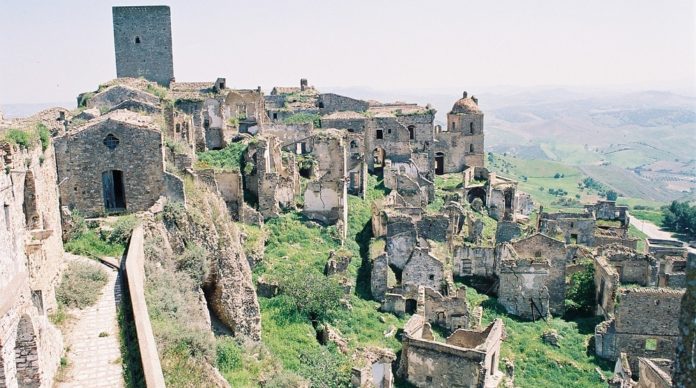
This beautiful city overlooking the Mediterranean Sea offered magnificent views from its location along the cliff. Over the centuries, however, underground sewer infrastructure has led to landslides, endangering the foundations of buildings. Floods and earthquakes further damaged the area and, in 1980, the site was completely abandoned for security reasons.
2. Centralia, Pennsylvania

Coal mining was Centralia’s most important economic production throughout the early 1900s; however, it eventually became the city’s ruin. In 1962, a fire broke out in the underground mines that have been burning ever since. Toxic amounts of carbon monoxide have since forced the evacuation of the city’s 2,700 residents, with the exception of 7 people who still live in isolation.
3. Hashima Island, Japan
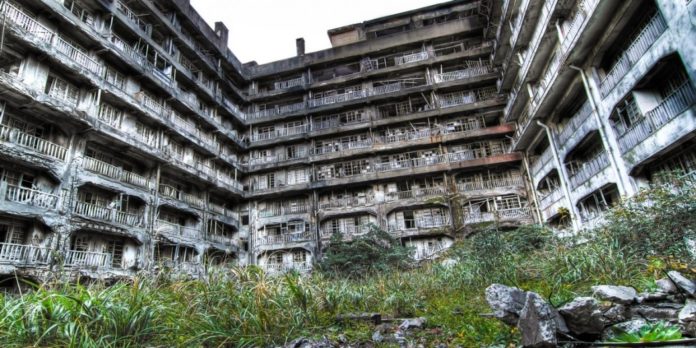
Recently listed as a UNESCO World Heritage Site, the industrialized island of Hashima is a former underwater coal mine. At its peak in the 1950s, the island housed more than 5,000 workers in concrete apartment buildings designed to withstand the salt spray and strong winds of the typhoon. However, the city has been abandoned since the mines closed in 1974. You probably saw Hashima in the James Bond Skyfall movie.
4. Kayaköy, Turkey
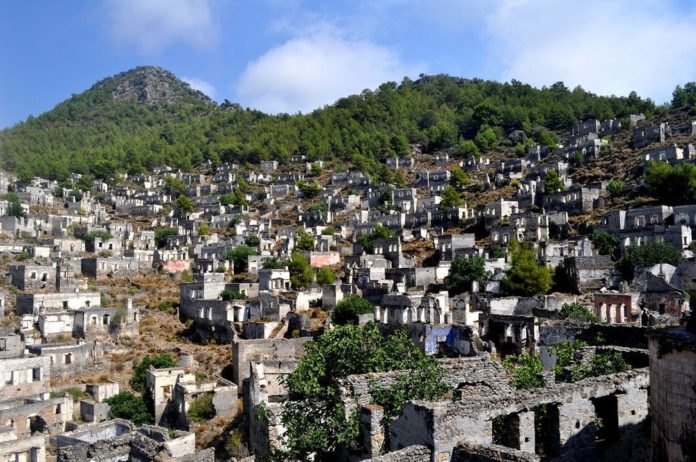
House of the former Lycian region, humans have lived in this region since 1400 BC. People lived here, that is, until the Greek-Turkish war of 1919-1922. During the conflict, Greeks living in the region suffered persecution and war atrocities, leading to mass exoduses from the city. In 1922, the city was abandoned and later served as a museum.
5. Bodie, California
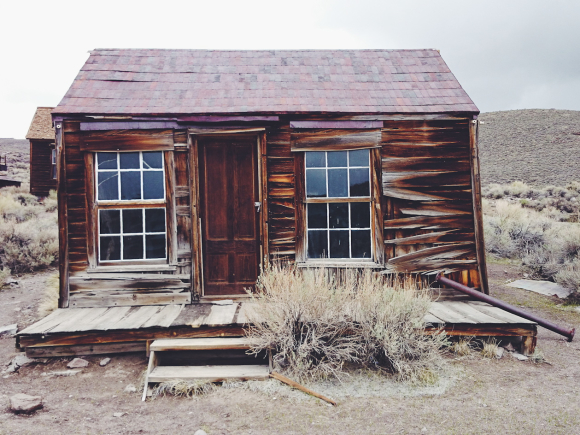
Founded in the late 1800s, Bodie experienced a rapid growth with the discovery of an ore containing traces of gold. In the space of a decade, the city’s population has grown to 8,000. But everything quickly collapsed and by 1910, the census population had fallen below 700 people. Today a national historic site and national park, Bodie is the quintessence of the old ghost town of the West.
6. Kadykchan, Russia
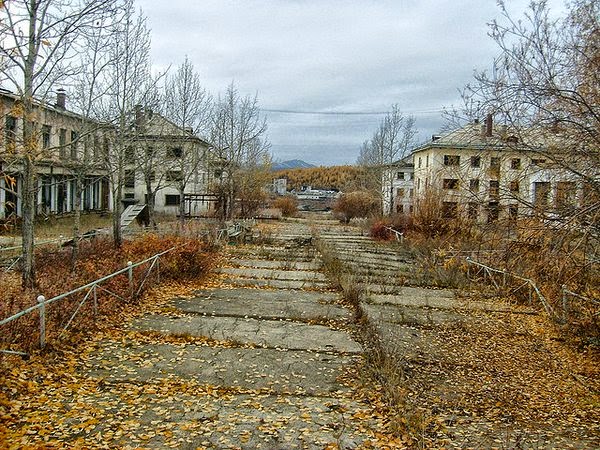
Founded as a mining town to support the neighbouring power plant, this city in the far east of Russia collapsed with the Soviet Union when coal lost its profitability. About half of the population moved elsewhere, although after the mine explosion in 1996 that killed six workers, the rest of the population of Kadykchan quickly relocated after the mine closed.
7. Nova Cidade de Kilamba, Angola
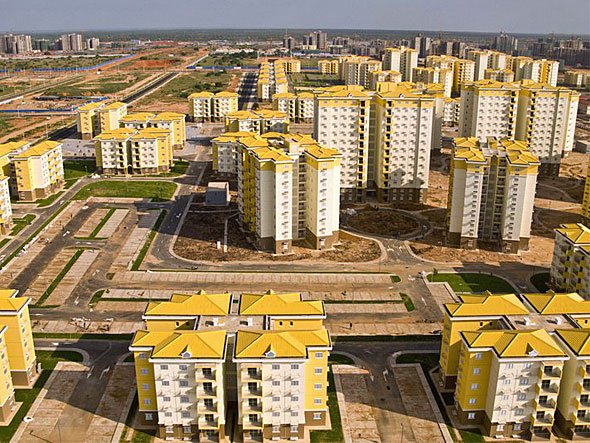
Unlike the previous cities on the list, Kilamba New City is a completely new residential area that hopes to attract residents. The investment has not yet paid off. New complexes of colourful apartments are empty, waiting for new occupants. An aerial view of the city looks like the image of a lego city. There is still a long way to go to reach the 500,000 people for whom the region was built.
8. Varosha, Cyprus
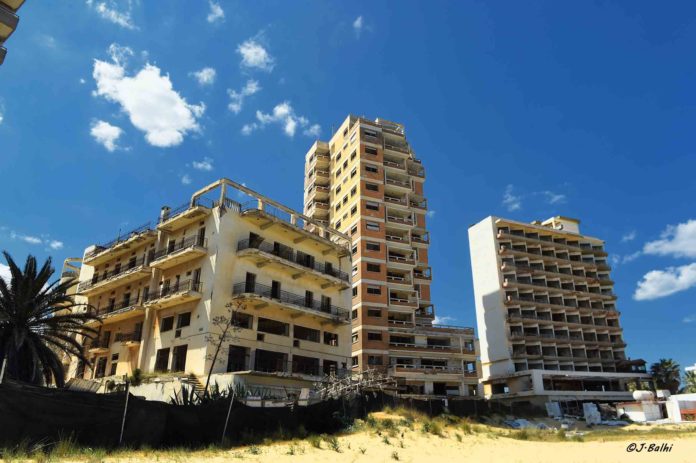
Varosha was the main holiday destination in Cyprus, welcoming famous visitors such as Elizabeth Taylor and Richard Burton. After the Turkish invasion of Cyprus in 1974, the inhabitants fled military campaigns in the streets. After the skirmishes, Varosha was placed on the northern side of the United Nations buffer zone in Cyprus, where Turkey still prohibits any entry into the area today. Sumptuous skyscrapers are crumbling after 40 years of non-use.
9. Ordos, China
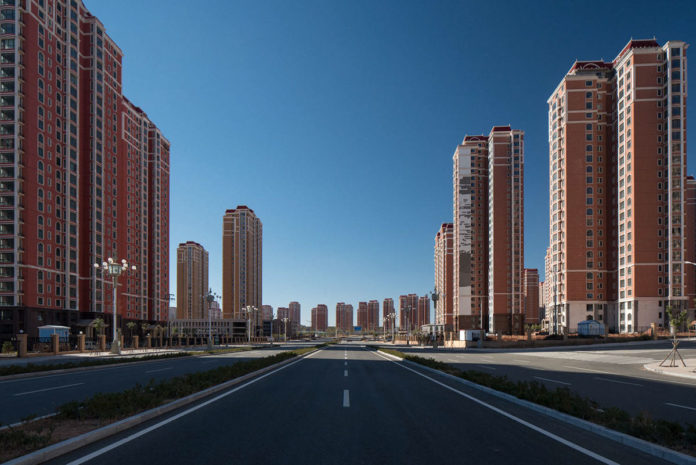
Current population: 30,000
Built for 1,000,000,000,000
Like Kilamba, in Angola, the Chinese government has spent incredible amounts of money to build the new Kangbashi real estate area in the Ordos. Planned to accommodate 1 million inhabitants, only about 30,000 people have now settled in this overly ambitious area. At least the rush hour isn’t so bad.
10. Pripyat, Ukraine
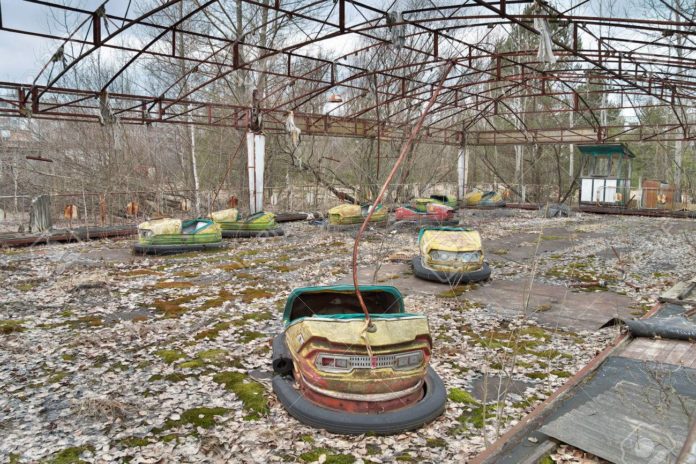
While most people think that Chernobyl was the main victim of the Chernobyl nuclear disaster, the city of Pripyat was actually closer to the plant and had almost 50,000 inhabitants (compared to 14,000 in Chernobyl). After the disaster, the inhabitants were moved to the specially built city of Slavutych. For more than 30 years, the area has remained unoccupied and remains one of the most contaminated places on the planet.
11. Chernobyl, Ukraine
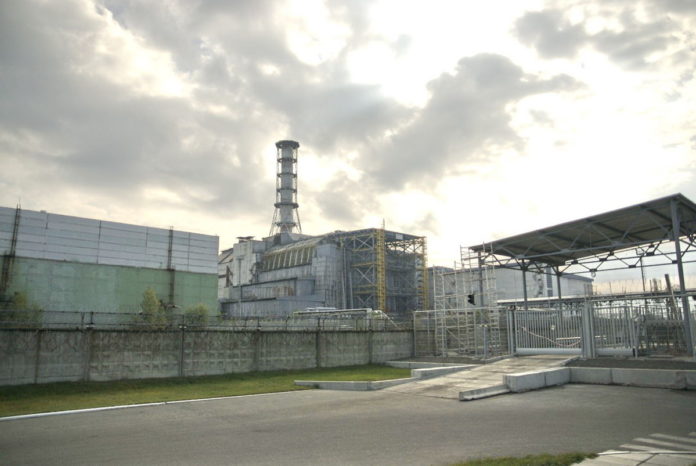
Chernobyl was the scene of one of the largest and most famous nuclear mergers the world has ever known. In 1986, Reactor No. 4 began to leak and the city was evacuated as soon as possible. Today, only a small number of people live in the city with signs that say, “The owner of this house lives here.”
12. Oradour-Sur-Glane, France
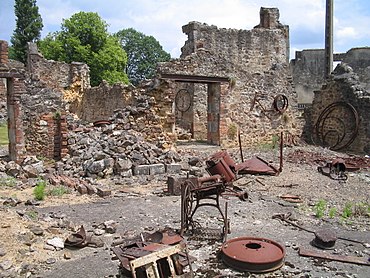
Although Oradour-Sur-Glane does not have a large population, it has suffered a tragic fate. In 1944, Nazi soldiers invaded the city, mistaking it for Oradour-Sur-Vayres. Once they arrived, they massacred 642 of its inhabitants. Another city was built nearby and the original stands as a memorial.
13. Kolmanskop, Namibia
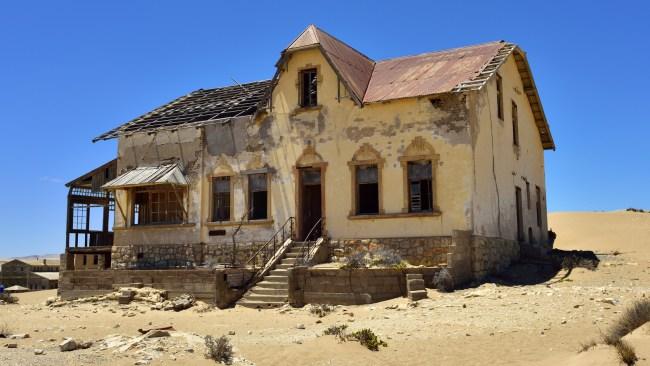
Kolmanskop was a huge diamond mine in the early 1900s. After realizing how rich the area was in diamonds, the residents quickly built a hospital, ballroom, power plant, school, bowling alley, theatre, casino, ice factory and the first X-ray station in the southern hemisphere. Once the diamonds were exhausted, the city was abandoned.
14. Humberstone, Chile
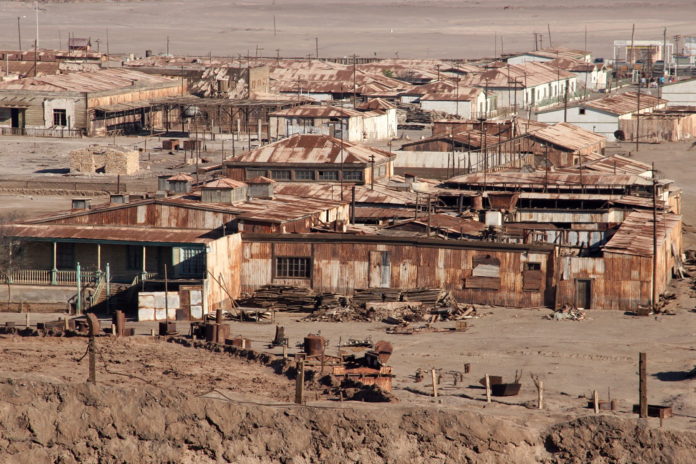
Humberstone was a mining town in the Atacama Desert. The miners were looking for nitrate-rich soil, which was used to make fertilizer. “White gold” (as it was called) was extremely expensive and required rapid cultivation. Unfortunately, fertilizer was not needed in World War I and the industry collapsed.
15. Santa Laura, Chile
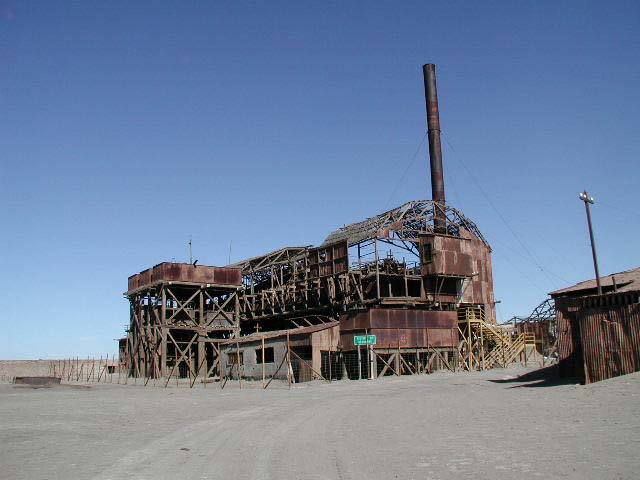
Santa Laura was the second mine owned by Saltpeter Works. It was exploited until the nitrates were exhausted, then quickly abandoned as Humberstone. Now it is a UNESCO World Heritage Site that visitors can visit with its original structures still intact.
16. Wittenoom, Australia
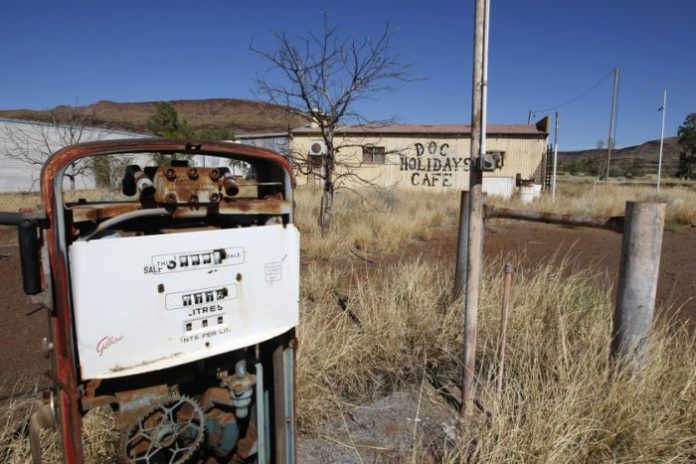
Wittenoom is home to a blue asbestos mine, and it did not take long for the city to experience a boom when asbestos was needed during the Second World War. However, this did not last, as you can imagine. The danger became apparent in 1944 when a mining inspector decided that dust levels were too high. In 1966, the city was closed for good. Today, only three people live in Wittenoom.
17. Gary, Indiana
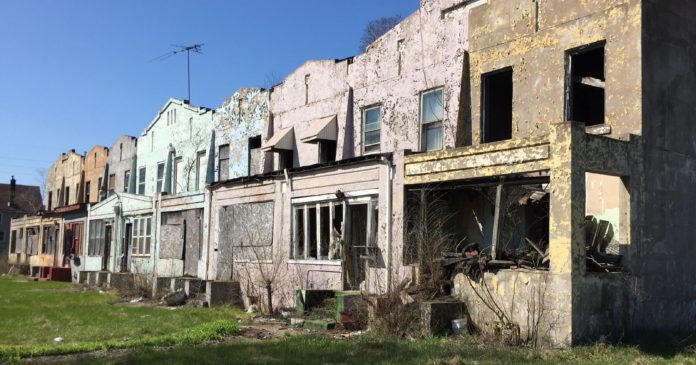
Gary, Indiana, enjoyed a solid reputation throughout the 1900s due to political violence, racial violence, labour disputes and industrial pollution. The city once had more than 200,000 inhabitants, but today it has only 76,000 (2016 census) because of the reasons why it has become a “difficult” city. Now, it is estimated that one third of the houses are unoccupied.
18. Picher, Oklahoma
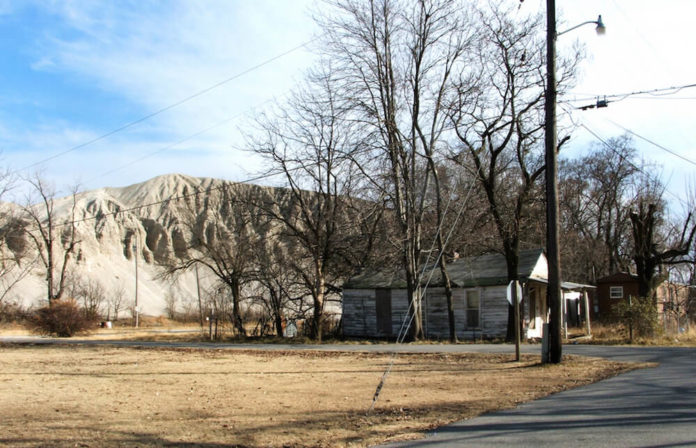
Picher, Oklahoma, is one of the saddest examples of what happens when mining goes wrong. This city extracted zinc and iron, but the water became polluted when the debris ran out. The waste was left in giant piles all over Picher, and left large quantities of toxins that were blown by the wind.
19. Agdam, Azerbaijan
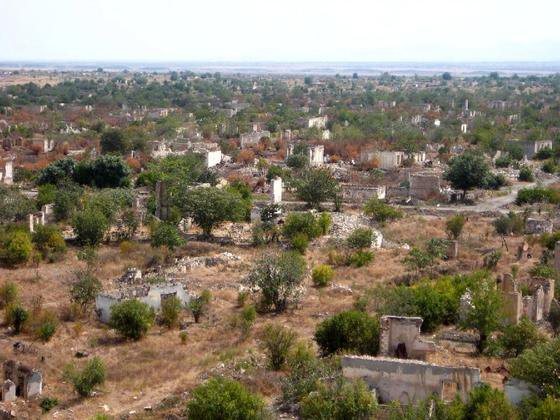
Agdam quickly developed into a massive population, but it did not last long. There were heavy fighting during the Nagorno-Karabakh war, which forced citizens to flee eastward because of displacement. The city was the largest military area in Azerbaijan and was considered a military necessity by the authorities. Now, it is forbidden to visit this city whose site is completely desolate.
20. Times Beach, Missouri
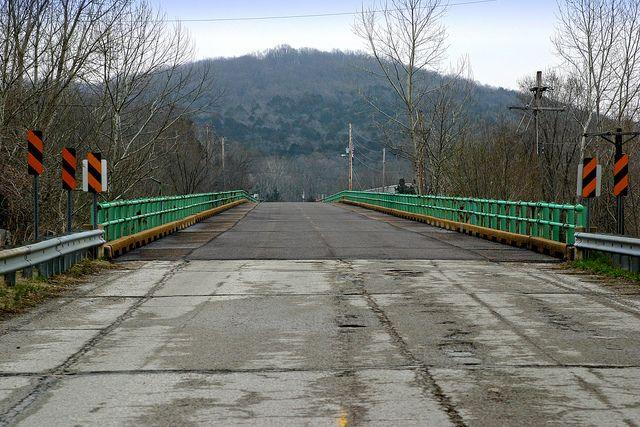
Times Beach is a ghost town located 17 miles southwest of St. Louis. All those who lived in Times Beach were evacuated in 1983 due to dioxin contamination. The toxin was caused by the disposal of chemical waste by the Northeastern Pharmaceutical and Chemical Company, Inc. – a facility owned by the same company that created Agent Orange.


![[Photos] Why WD-40 Is Magic In Your Garden?](https://lifetonik.com/wp-content/uploads/sites/7/2019/08/WD40-Prices-Highres_Page_8_Image_0008-218x150.jpg)





![[Photos] Take A Look Of The Obama’s New Home Before It’s Banned](https://lifetonik.com/wp-content/uploads/sites/7/2019/07/Obama1-218x150.jpg)

![[Slideshow] Celebrity Homes: 21 Of The Most Luxurious](https://lifetonik.com/wp-content/uploads/sites/7/2019/07/Taylor-Swift-218x150.jpg)
![[Slideshow] More Parents Are Now Gluing Pennies to the Bottom of their Kid’s Shoes](https://lifetonik.com/wp-content/uploads/sites/7/2019/07/Keep-Them-Entertained-218x150.jpeg)
![[Photos] 20 Fashion Mistakes That Too Many Women Make!](https://lifetonik.com/wp-content/uploads/sites/7/2019/07/5-style-mistakes-that-make-you-look-frumpy-featured-218x150.jpg)



















![[Gallery] 25 Discounts For Seniors To Which You Are Entitled Without Knowing It](https://lifetonik.com/wp-content/uploads/sites/7/2019/08/EAZxECUXUAAvNZR-218x150.jpg)
![[Slideshow] Here’s the salary of every governor in the United States](https://lifetonik.com/wp-content/uploads/sites/7/2019/08/Charlie-Baker-218x150.jpg)
![[Photos] No One Will Want To Buy This House After Seeing These Pictures](https://lifetonik.com/wp-content/uploads/sites/7/2019/08/terrible-real-estate-photos-2-5c35e727c9f95__700-218x150.jpg)



